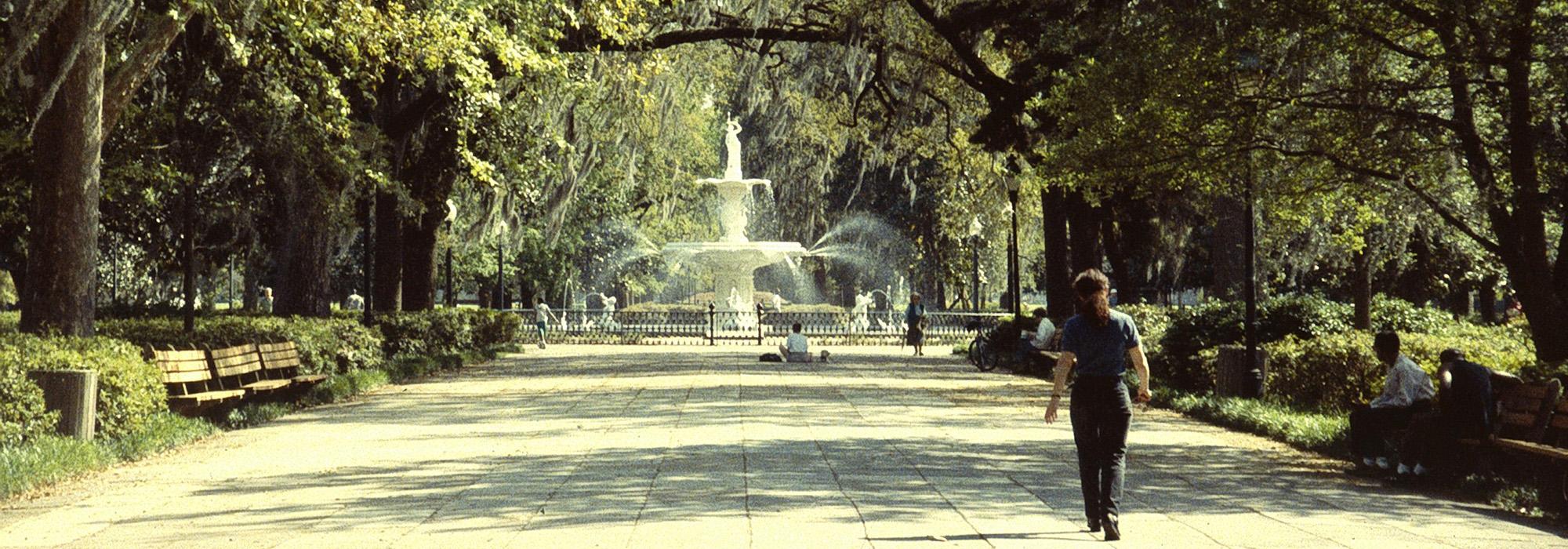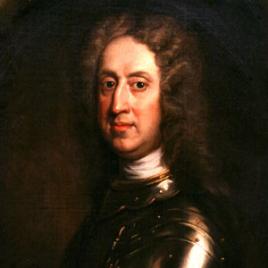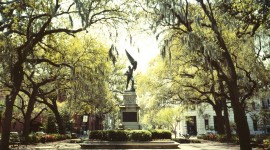Pioneer Information
Born in London, Oglethorpe entered Corpus Christi College at Oxford University in 1714, but dropped out to enroll in a military academy in France. He then traveled to Austria, becoming an aide to Prince Eugene of Savoy. After the conquering of the Turks, Oglethorpe returned to England and reentered Corpus Christi. Although he never graduated, the college awarded him a special M.A. in 1731. Oglethorpe successfully ran for Parliament in 1722, remaining there until 1754. In 1732 King George II granted a charter for the creation of Georgia, and Oglethorpe was named one of the 21 Trustees who would govern the new colony. He accompanied the first group of Georgia settlers later that year. Early the following year Oglethorpe laid out a grid plan for the new town of Savannah. The plan originally consisted of four wards, each consisting of a central square surrounded by four trust lots and four tythings of ten house lots each. The town was divided into four quarters by major axial streets. He is also credited with planning several other Georgia towns, including New Ebenezer, Darien, Frederica, and Augusta.
Oglethorpe intended Georgia to become an ideal agrarian society, but the Spanish military presence in St. Augustine, Florida, increased the threat of invasion and forced him to focus on Georgia’s defense. He returned to London on several occasions to lobby the Trustees and Parliament for funding to build forts in Georgia. In 1737 Oglethorpe was given a regiment of British soldiers to take back to Georgia. His participation in the Board of Trustees of Georgia declined, and by 1850 he was no longer involved. Oglethorpe passed away at Cranham Hall after a brief illness at the age of 88 and was buried beneath the Parish Church of All Saints in Cranham, London.





